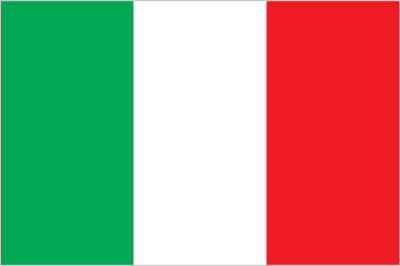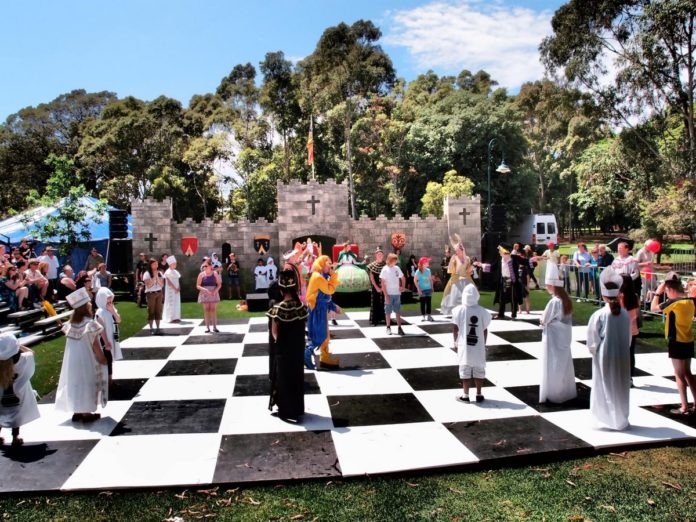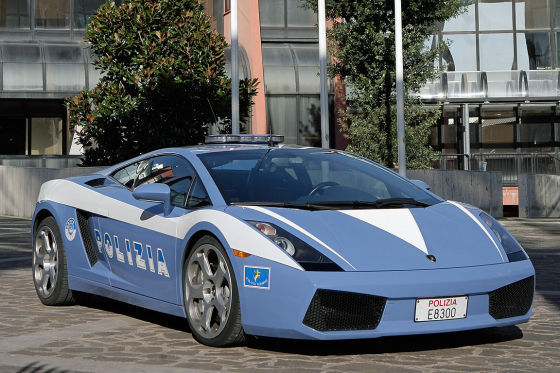Last updated on March 25th, 2023
Italy, officially the Italian Republic, is a country in Southern Europe, located in the middle of the Mediterranean Sea. It has an area of 301,340 square km. Rome is its capital and largest city. Italian is its official language and Euro is its official currency. Its land bordering countries are Slovenia, Austria, Switzerland, and France. It is exotic, has great cuisine, thousands of museums, friendly and passionate people and more. Let’s learn more with these interesting facts about Italy that cover its history, culture, geography, people, food, weird laws, and some interesting things for kids.
Historical facts about Italy
1. Benito Mussolini may have been a Fascist, but he was responsible for promoting Italian soccer to the international stage. He tried to ban the English-sounding “goal” and have the locals call “meta”, but the attempted ban didn’t last long.
2. We all know that Galileo Galilei was arrested nearly 400 years ago by the Roman Catholic Church for having proved the earth moves around the sun and not the other way round. The Church issued a formal apology in 1992.
3. Old houses of the Alberobello region in Bari, Italy have “trulli” or conical roofs with grey stones and unique shaped chimney stacks at the top of the pinnacle to identify houses at a time when house numbers were not common.
4. Venice is prone to acqua alta (or high water) in winters, due to high tides and sirocco in the lagoon. In 1974 a system of walkways were built along the city’s main pedestrian areas about 120 cm above sea level.
5. Florence was Europe’s first city to have paved streets in 1339. In other places in the failing Roman Empire projects to pave roads were abandoned for fear it would help enemies attack faster.
6. The Ponte Vecchio Bridge over the River Arno in Florence was the only bridge left standing after the bombings of WWII. It is rumored that Hitler spared the bridge because he thought it was too beautiful to destroy!
Flag of Italy

7. The city of Turin had a heavily subsidized auto industry so that it could provide vehicles to the military, which led to its bombing and destruction in the Second World War. Today, it is known as the home of Fiat.
8. The Italian flag is based on the French flag, from the time that Napoleon brought troops and his flag into Italy in 1797.
9. Italian sculptor Michelangelo created David with his right hand larger than his left – because David was said to be “strong of hand” or “manu fortis”.
10. Cabiria was the first cinema blockbuster and an epic (2 hour-long) Italian silent film set in Turin, and it went on to be shown around the world.
11. The first true piano was invented by one man – Bartolomeo Cristofori of Padua.
12. From 1904 to 1999, Italian kids only needed to attend school till they were 14! Now the age of compulsory education is sixteen.
Facts about Italian Culture
13. First names in Italy usually end in -o (for men) and -a (for women).
14. In Sardinia, you will find witches, or women who make healing potions for the locals and pass their knowledge to their daughters in secret tongues. Consult them if you like, but beware of swindlers.
15. Italian soccer fans are called “tifosi” which may come from the same root as the illness “typhoid”. Italian fans can be rowdy and uninhibitedly enthusiastic, and their fanaticism is contagious!
16. You can play a live human chess game in Marostica in September, once every two years, in a tradition that is hundreds of years old. The town’s main piazza is a giant chessboard!

17. Italian sons continue to live with their parents even in their thirties, usually until they marry. The family is a strong institution in the country.
18. The streets of Via dei Leoni in Florence today once had live lions kept in cages behind the Palazzo Communale! Today you’ll find lion heads all over the city.
19. Many Italians subscribe to scaramanzia, which can be loosely translated to superstitions. One common scaramanzia is no romantic candles in the bedroom – candles are for lighting when someone dies.
20. Most Roman churches have a dress code, especially in Vatican City for the Papal audience.
21. If you want to post Roman postcards from Vatican City, you can’t use Italian stamps. You’ll have to buy stamps in the Vatican to do so.
22. Rome has a few talking statues – the Baboon in Via del Babuino, Madam Lucrezia in Piazza San Marco and others – that have been used by locals for venting their spleen against the authorities in the form of graffiti. These were cleaned up, but you can sometimes see a few crop up now and then.
23. In Italy, it’s customary to eat lentils after the clock strikes 12:00. Italians also associate wearing red undergarments with good luck when beginning the new year.
24. More than three-quarters of Italy is either mountainous or hilly.
25. When tourists throw small change into the Trevi fountain for luck don’t know that the fountain made a million dollars in 2011 from this small change. The money of course went to charity.

26. Venice has been sinking into the mud on which it is built and tilting towards the Adriatic Sea at the rate of 2mm a year, for the last 10 years.
27. It is the Arab invaders who brought dried pasta to Italy. Before that, the Italians had eaten fresh pasta.
28. In Pisa on the eve of the Patron Saint’s Feast Day, more than 70,000 lumini or candles in a glass container are lit or set sail on the Arno and the city alongside the Lungarno is a wonderful glowing sight.
29. In some parts of Italy such as outside the main post office in Mantova, Lombardy you can still find old-style post boxes with separate slots for various kinds of mail – correspondence in the town, letters and postcards in town, air mail and fast mail etc.
30. In Siena, a horse race called the Palio is held each year in July and August. The race between 17 Contrada or camps, takes place at the heart of the city in the Piazza del Campo, and for the Sienese, it is a big part of their lives. Each person is assigned a Contrada from birth!
31. Pinocchio, the wooden lying boy with the long nose was Florentian, and created by a man named Collodi for local publication in the 19th century.
32. One of the most famous scenes from the frescoes by Michelangelo in the Sistine Chapel in Rome is The Creation of Adam. Some experts believe today that this scene is also meant to look like the outline of the human brain!
33. One ancient lewd graffiti from Pompeii, preserved for over 2000 years under volcano ash, reads “hic Phoebus unguentarius optime futuit” or “here Phoebus the apothecary screwed best.”
34. Cities in Italy lack public toilets! Never leave a museum without using the restrooms.
35. In Palermo, locals play a game of tocco to drink their friends under the table. The game can lead to brawls and reach warlike proportions!
36. Locals in Genoa speak Genoese, a dialect of the Roman language. The younger generation is losing this language though there are many associations to stop its decline.
37. The World’s longest tunnel–Gotthard Base Tunnel–runs from Switzerland to Italy. It took 17 years to build and is 57 km long.
38. 34% of the Italians and 33% of the Portuguese have never used the Internet.
39. The University of Bologna, in Italy, is the Europe’s oldest university in continuous operation since 1088.
40. Italy outranks any other country in the world in number of UNESCO World Heritage Sites with a total of 47 cultural and four natural sites.
41. Italy is the world’s largest producer of wine while US is the largest consumer.
42. Italian Traffic Police has two Lamborghini Gallado in service.

43. Italy is an earthquake prone region. It experiences more number of earthquakes than any other European country. Greece, Bulgaria, Romania and Turkey are also among the regions that are most affected with earthquakes.
44. Italians are always under the threat of volcanoes because of the most number of “lava spitting monsters” in the region. Etna, Stromboli, and Vesuvius are the three major volcanoes in Italy.
45. Armani, Versace, Gucci, and Prada are all Italian fashion brands. Italy is also known for its fast and furious car makers such as Ferrari and Lamborghini.
Continue reading on the next page…
